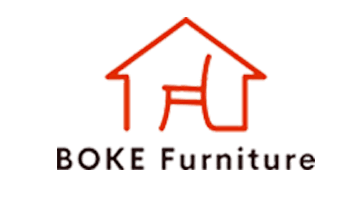Are you spending countless hours on Alibaba, feeling lost and unsure who to trust? This common approach often leads to confusion, communication problems, and risky investments.
To find a reliable kitchen cabinet supplier in China, you must combine online research with offline verification. Focus on manufacturers in industrial hubs like Foshan, verify their factory and export experience, and always get samples before placing a large order.
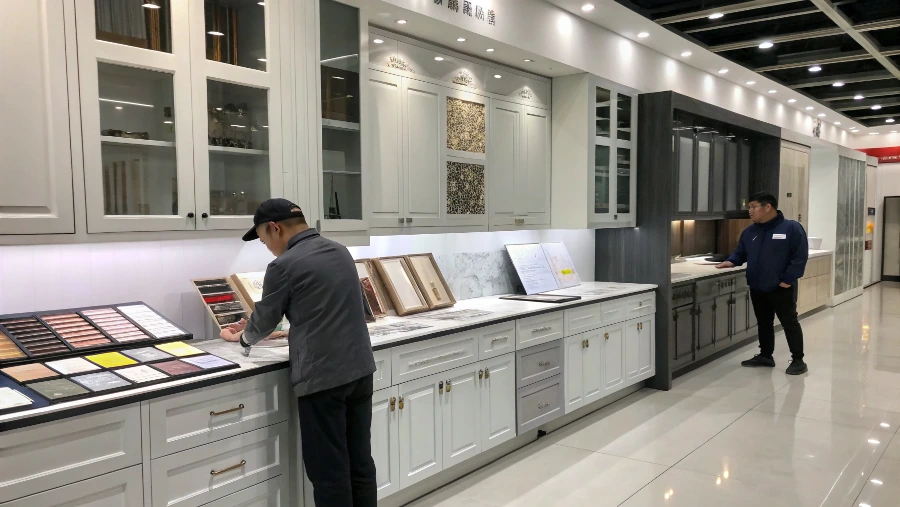
Many international buyers believe that finding a supplier is just about browsing websites and comparing prices. While platforms like Alibaba and Made-in-China are a useful starting point, they are only the first step. In my years of running Boke Furniture from the heart of the furniture world in Foshan, I’ve seen that the most successful buyers are the ones who dig deeper. They understand that a price list doesn’t tell you about a factory’s real capabilities or its commitment to quality. The best way to secure your investment and find a true, long-term partner is to use a careful, structured process. This means verifying everything and building a relationship with a supplier who understands your market and your needs.
Is it worth buying furniture from China?
You hear about the incredible cost savings of sourcing from China. But you also hear horror stories about bad quality and lost money, leaving you to wonder if it’s worth the risk.
Yes, it is absolutely worth it for access to unparalleled manufacturing capacity and competitive pricing. The key to making it worthwhile is to manage the process professionally to eliminate the risks and ensure you get the quality you pay for.
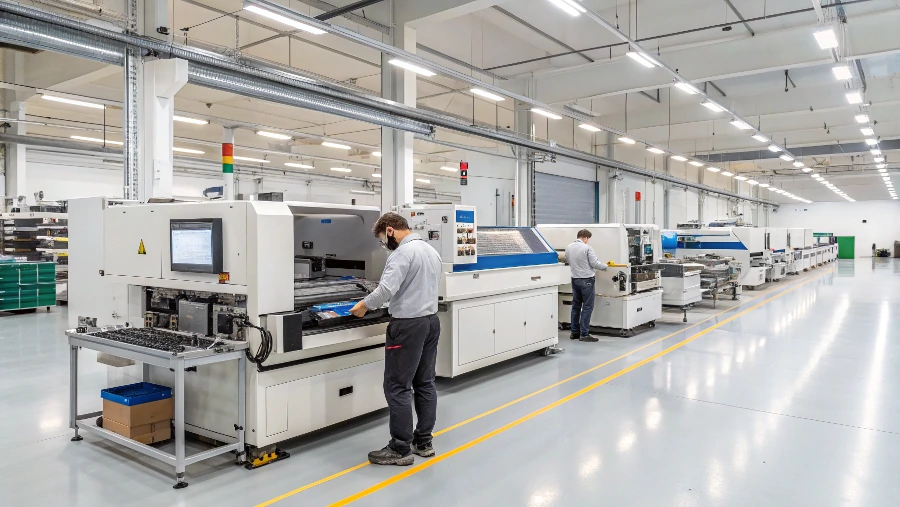
The simple answer is yes, but it comes with a very important condition. You cannot approach sourcing in China with a casual attitude. The advantages are undeniable. The scale of manufacturing here in Foshan is something you have to see to believe. We have entire districts dedicated to furniture and building materials, with advanced machinery and a complete supply chain that allows for incredible efficiency and variety. This is why global brands produce here. However, this massive scale also means there is a huge variation in quality. The risks of poor communication, inconsistent quality, and shipping problems are real if you don’t have a solid plan. A successful sourcing strategy isn’t about finding the lowest price online; it’s about building a secure supply chain with a reliable partner on the ground.
Pros and Cons of Buying from China
| Advantages | Disadvantages (Risks) |
|---|---|
| Lower Cost1 | Inconsistent quality control2. |
| Massive Scale | Communication barriers (language/culture). |
| Vast Variety | Complex logistics and customs. |
| Advanced Technology | Difficulty resolving disputes. |
How to find the right supplier in China?
You have a list of potential suppliers from a website. But you have no idea if they are a real factory or just a trading company with a nice website.
To find the right supplier, you must verify them. Go beyond websites to attend trade shows, visit industrial hubs like Foshan, request factory audits, and ask for proof of their export experience and certifications like ISO or CARB.

Finding a true manufacturer among a sea of traders is the most important step. A good partner will be transparent and welcome your investigation. Here is the process I recommend to all my clients to separate the professionals from the rest.
Step 1: Broad Research
Start online on platforms like Alibaba, but also look for suppliers who have a professional, independent website. Look for them on social media like LinkedIn. Your goal is to create a long list of potential partners. Also, plan to attend major industry trade shows like the Canton Fair3 in Guangzhou or the China International Furniture Fair (CIFF). Seeing a company at a major fair is a good sign.
Step 2: Deep Verification
This is the most critical stage. Ask a potential supplier for their business license to see if their scope is "manufacturing." Request a live video tour of their factory floor, not just their showroom. The best method is to commission a third-party factory audit4 from a company like SGS or TÜV. A good factory will have no problem with this. Also, ask for references from buyers in your country and proof of their ability to handle export logistics.
Who are the largest kitchen cabinet manufacturers in China?
Are you looking for a big, stable company to work with? You believe that the biggest manufacturer must be the safest choice for your project.
Some of the largest kitchen cabinet manufacturers in China are companies like Oppein, GoldenHome, and Boloni. However, these giants primarily focus on the huge domestic Chinese market and may not be the best fit for custom export orders.
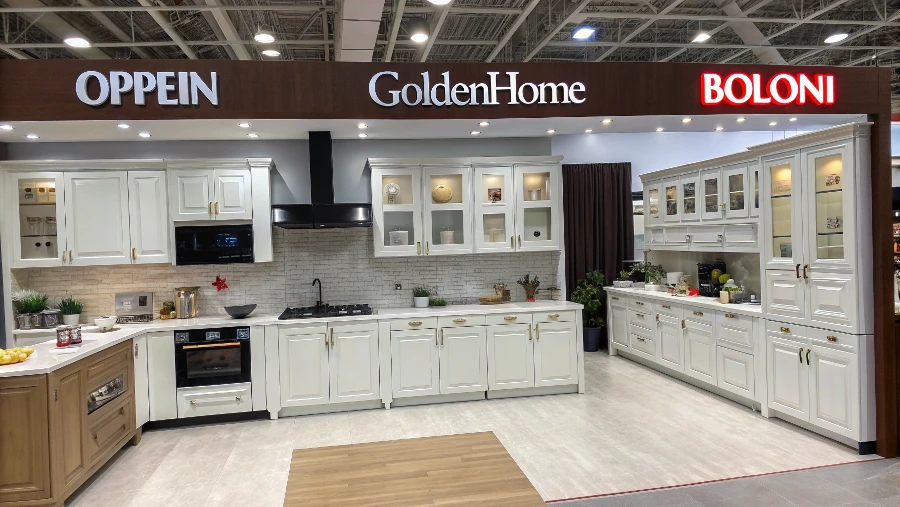
When people ask for the "largest" manufacturer, they are usually thinking of these publicly traded giants. Oppein Home Group is enormous, with thousands of showrooms across China. They are experts in mass production for their domestic market. However, "largest" does not always mean "best" for an international buyer. The operations of these giants are often optimized for their home market, which has different standards and styles. For many of my clients from North America, Europe, or Australia, a better partner is often a mid-sized, export-focused manufacturer. These companies, like my own here at Boke Furniture, are specifically structured to handle international communication, a higher degree of customization, and the specific quality standards required for export markets (like CARB2 compliance for the USA). The best supplier is not the biggest one; it is the one whose business model is the best fit for your needs.
How do you choose a cabinet company?
You have received quotes that vary wildly. How do you look past the price and choose the company that will deliver a product that lasts?
You choose a company based on proven quality, not promises. Evaluate them on their materials, hardware, and finish. Always get a physical sample before committing to a full order to see their craftsmanship for yourself.
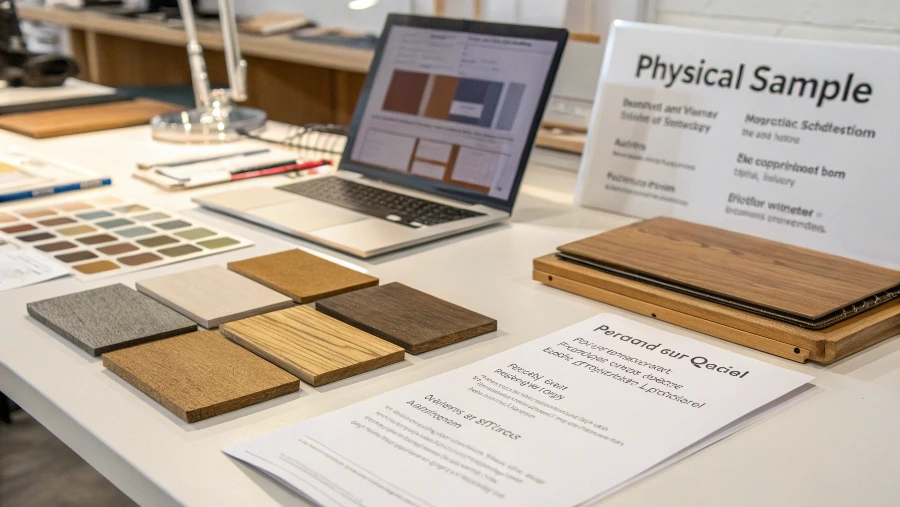
After inspecting thousands of furniture pieces, I’ve learned to ignore the beautiful marketing photos and look at the real construction details. Quality is not a mystery; it is a series of specific choices made by the manufacturer. You don’t have to be an expert to spot them. Before you place any large order, get a sample corner cabinet or a detailed door sample. A good supplier will be proud to show you what they can do. If a supplier is hesitant to send you a sample, that is a major red flag about their confidence in their own product. A sample allows you to check these key points:
| Component | What to Look For (Good Quality) | What to Avoid (Poor Quality) |
|---|---|---|
| Cabinet Box | Thick (3/4" or 18mm) multilayer plywood. | Thin particleboard or MDF. |
| Drawer Box | Solid wood or plywood with dovetail joints. | Particleboard with staples and glue. |
| Hardware | Soft-close hinges/slides from known brands (Blum, Hettich, DTC). | Unbranded, noisy, or flimsy hardware. |
| Finish | Smooth, even, multi-layer paint or lacquer with no drips. | Thin, easily scratched finish with rough spots. |
Are Ikea cabinets made in China?
Everyone knows IKEA uses a global supply chain. Are you wondering how much of their production, especially for kitchens, actually happens in China?
Yes, a very significant portion of IKEA’s products, including components for their kitchen cabinet systems, are made by third-party suppliers in China. IKEA itself is a Swedish-founded, Dutch-owned company and does not own these factories.
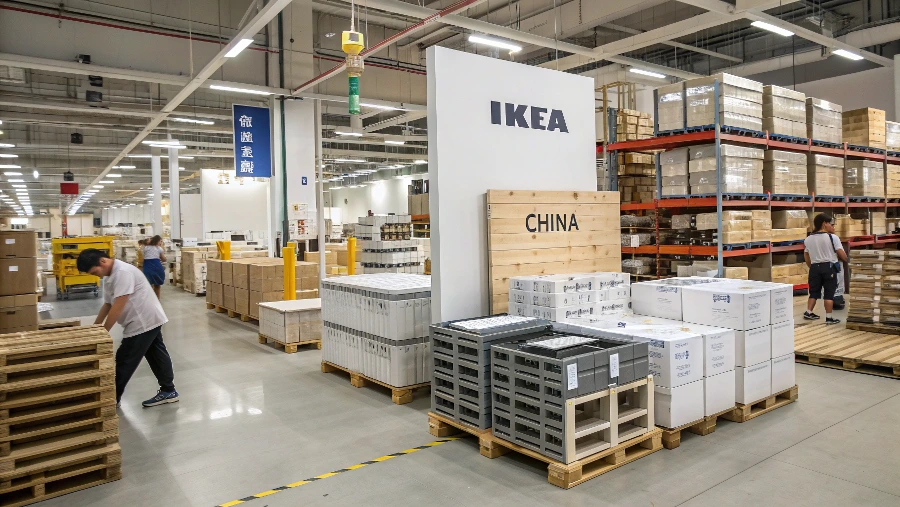
This is a question I get a lot, and it highlights a common confusion. IKEA is a brilliant product design and retail company, not a manufacturer. They design their products in Sweden and then contract with over a thousand different suppliers in about 50 countries to produce them. China is one of their largest sourcing countries due to the scale and efficiency of the manufacturing here. So, while IKEA is not a Chinese company, the cabinet box or door you buy from them may very well have been produced by a factory in China. These suppliers are held to IKEA’s strict code of conduct (called IWAY) for social and environmental standards. This model of outsourcing production to specialized suppliers is very common and is exactly how many international brands operate to achieve competitive pricing.
Conclusion
Finding a good supplier in China is not about luck. It’s about a smart, detailed process. Combine online and offline work, verify everything, and choose a partner who focuses on quality.
-
Exploring this link will provide insights into how lower costs can impact your purchasing decisions and overall savings. ↩
-
This resource will help you understand strategies to mitigate risks associated with quality issues in imports. ↩
-
Exploring the Canton Fair can provide insights into industry trends and potential partnerships, making it a valuable resource for suppliers. ↩
-
Understanding third-party factory audits can help ensure supplier reliability and quality, crucial for successful partnerships. ↩
